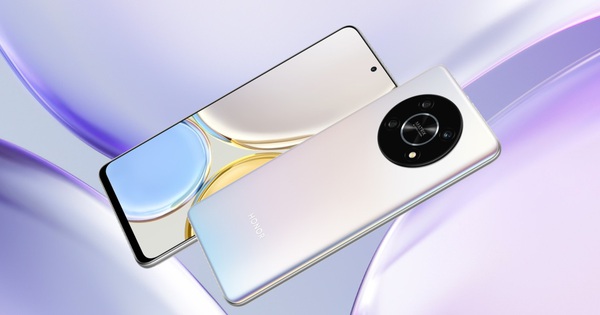This is the DNA nanotechnology that all pharmaceutical companies must aspire to
The Covid-19 pandemic has witnessed an unprecedented breakthrough in pharmaceutical research and development, as Drugs and vaccines are developed with ever shorter timescales.
But the advances in medicine did not stop there. Recently, scientists say they have just added a new tool that speeds up the development of vaccines and pharmaceutical products by more than 1 million times, while keeping costs to a minimum. .
It’s like using only 1 liter of water instead of the ocean and 1 kg of biological material instead of the Himalayas combined. With such savings, this method is said to be something every biotech company coveted.
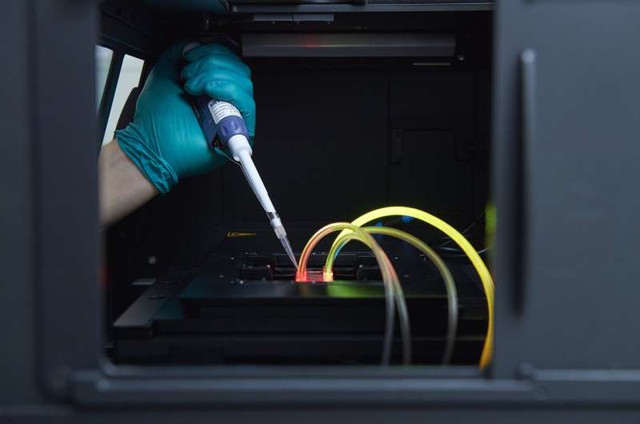
Miniature lab on a needle tip
If you do not know, to find pharmaceutical products such as new vaccines, manufacturers regularly have to sift through thousands of chemical and biological molecules.
Process “to scanThis allows them to identify a few dozen potential candidates, then move on to more in-depth tests to find the ideal drug among those dozens of compounds.
It’s basically the same way the military screens its tens of thousands of applicants, through each round of pre-qualification and selection, to find a single super-soldier, a “Captain America“or one”Winter Soldier”.
Fortunately, in the military, candidates can respond to selectors. With compounds it is different, they cannot speak.
Therefore, it is the job of biochemical engineers to irrigate these compounds through thousands of test tubes, with hundreds of different experiments, before knowing whether the compound is suitable for medicine or not.
This process not only takes time and effort, but also consumes a lot of expensive chemicals. Now, an interdisciplinary team of scientists in Denmark has developed a new screening method called “single-particle combinatorial lipidic nanocomposite fusion based on DNA-mediated fusion” – abbreviated as SPARCLD.
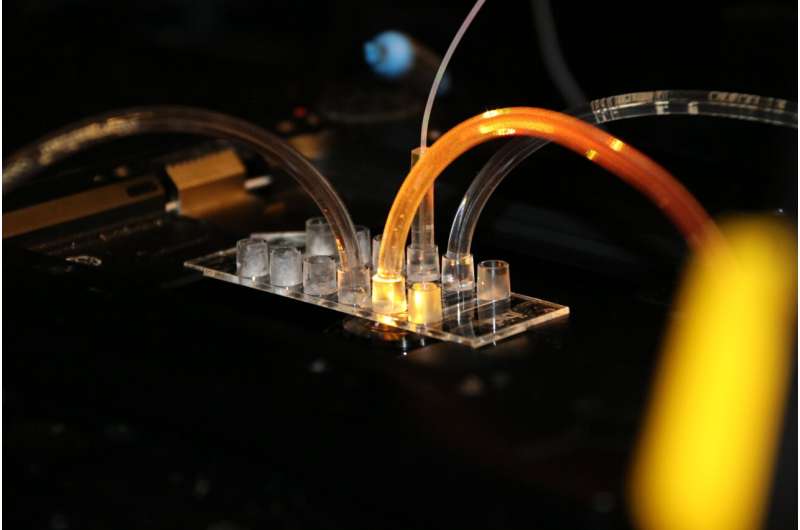
SPARCLD allows biochemistry experiments to take place on the nanoscale. Specifically, more than 40,000 chemical molecules can be synthesized and analyzed on an area as small as the tip of a toothpick.
That’s right, you heard it right, the tip of a toothpick or the tip of a needle. Because at the nanoscale, everything is extremely small, 1 nm is 1 millionth of a meter in size, or 1,000 times smaller than 1 mm.
In the Danish researchers’ method, they will create extremely small nano-bubbles, which can function instead of conventional test tubes. With DNA nanotechnology, multiple components can be mixed together in these microscopic tubes, and allowing compound screening experiments to take place in the nanometer world.
“Because of the very small volume, the amount of material saved can be compared to just 1 liter instead of using all the water in the oceans, instead of using an entire mountain like Everest, now just 1 kg“, said Nikos Hatzakis, Associate Professor in the Department of Chemistry, University of Copenhagen.
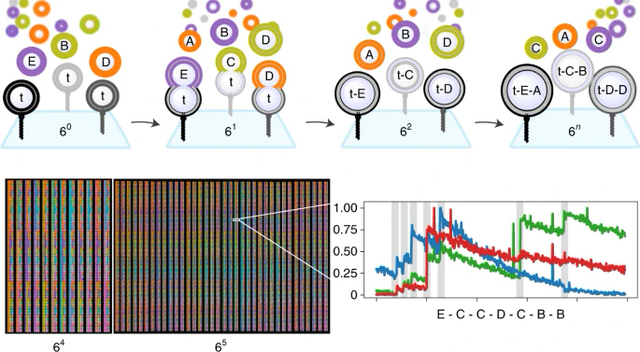
SPARCLD can produce thousands of test results in just 7 minutes.
Every pharmaceutical company aspires to have it
As mentioned, the SPARCLD technique was developed by an interdisciplinary team of scientists. The work is led by Associate Professor Hatzakis and Associate Professor Stefan Vogel from the University of Southern Denmark.
It also involved dozens of other scientists from a variety of fields, ranging from biosynthetic chemistry, nanotechnology, DNA synthesis, combinatorial chemistry and even machine learning, a branch of science and technology. of artificial intelligence (AI).
SPARCLD marks an unprecedented step of saving in labor, materials as well as manpower and energy. Because of that economic cost, the big pharma companies will certainly pay attention to it now.
Mette G. Malle, a doctoral candidate at Harvard University, USA involved in the project said: “Whether you are developing, synthesizing or evaluating a drug, it is very important to shorten the time, save energy and human resources.”
Moreover, the results that the experiments on SPARCLD give are also very fast, taking only about 7 minutes on average. “We think this is a key factor for the pharmaceutical industry and want to implement it in practice“, said Malle.
But the team did not say specifically which pharmaceutical company they were contacted by.
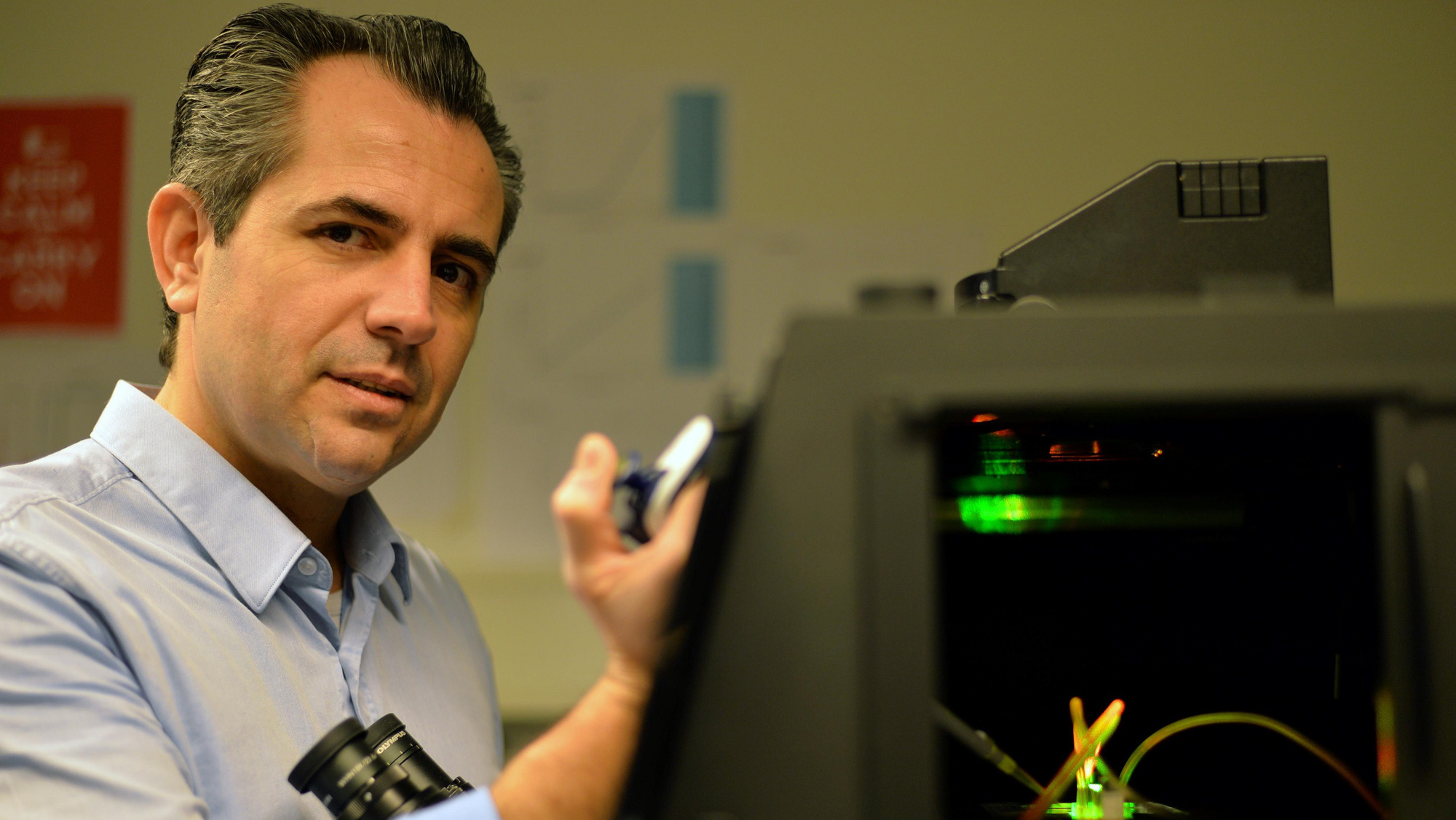
Associate Professor Nikos Hatzakis in the Department of Chemistry, University of Copenhagen.
“We had to keep everything private because we didn’t want to risk having someone else publish something similar before us. Therefore, we cannot enter into conversations with the pharmaceutical industry or with other researchers who are also eager to use this method in their various applications.“, emphasized Associate Professor Hatzakis.
However, he can name a few possible applications: “I’m pretty sure pharmaceutical industry groups and academic research groups involved in the synthesis of long molecules like polymers are the first to be able to apply this approach.”
As Hatzakis describes, companies that want to synthesize the long molecule will include pharmaceutical companies working with RNA vaccines and key biotechnologies like CRISPR gene editing. That will be where SPARCLD comes in first.
The entire work has been published in the journal Nature Chemistry.
Refer Phys
at Blogtuan.info – Source: genk.vn – Read the original article here
